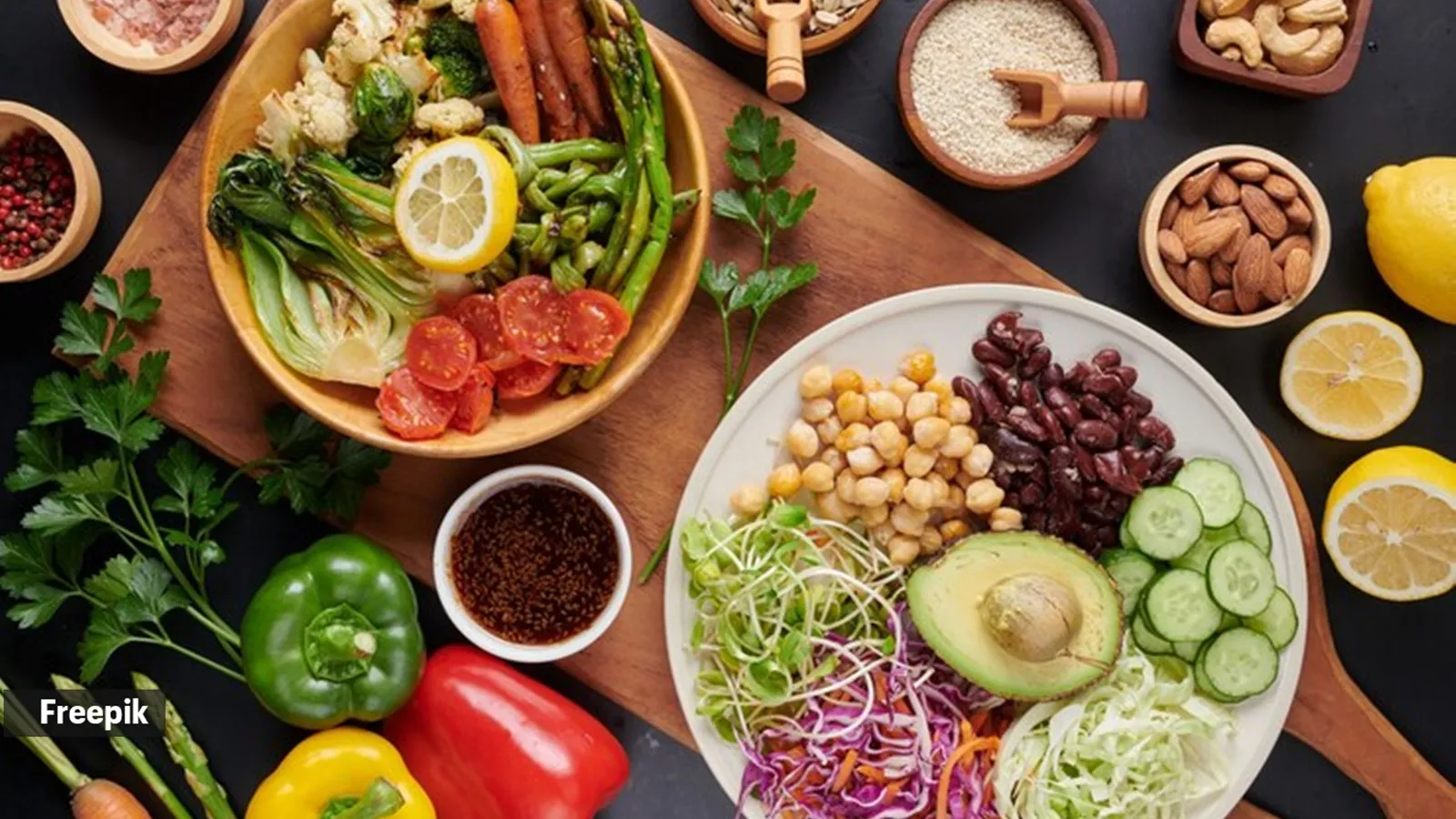br>
The 80/10/10 diet is a popular eating approach introduced by former athlete and raw foodist Dr Douglas Graham, which focuses on consuming mainly carbohydrates while limiting intake of proteins and fats.
Over the last few years, this concept has gained attention for its promises of weight loss, improved health, and disease prevention. Advocates of this diet believe that by focusing on low-fat, raw, plant-based foods, individuals can digest food easily, and maintain a lean body mass and high energy levels.
Shubha Ramesh L, chief dietician and nutrition expert at DHEE Hospital in conversation with indianexpress.com, explains, “ The 80/10/10 diet is structured around the idea that 80% of calories should come from carbohydrates, primarily from raw fruits and vegetables, 10% from proteins, and 10% from fats. This diet emphasises whole, unprocessed foods like fresh fruits, leafy greens, and a limited quantity of nuts and seeds.”
Impact on the body’s metabolism and energy levels
The high carbohydrate content, Shubha says, primarily from fruits, provides a quick source of natural sugars, which are the primary energy drivers. This can lead to quick energy spikes. However, due to the low fat and protein content, some individuals might experience quicker drops in energy levels once the initial sugar rush wanes.
She informs, “Unlike more balanced diets that include higher proportions of proteins and fats to sustain energy levels, the 80/10/10 diet might cause fluctuating energy levels due to its high reliance on carbohydrates. Traditional diets might offer more sustained energy due to slower-digesting components like proteins and fats.”

Potential benefits of following the 80/10/10 diet
Shubha lists the potential benefits of following this unique diet:
Heart health: Lower intake of fat and absence of cholesterol in the diet can potentially reduce the risk of heart disease.
Weight management: High intake of fruits and vegetables, which are low in calories and high in fibre, might promote weight loss and improve metabolic health.
Blood sugar regulation: While the diet is high in sugars, they are natural and paired with fibre in fruits, which can aid in somewhat moderated blood sugar levels.
 Incorporate a variety of fruits, vegetables, nuts, and seeds to cover a broader spectrum of essential nutrients. (Source: Freepik)
Incorporate a variety of fruits, vegetables, nuts, and seeds to cover a broader spectrum of essential nutrients. (Source: Freepik)
Potential drawbacks of following the 80/10/10 diet
Some of the drawbacks you need to consider, according to Shubha, are:
Nutritional balance: The diet is low in essential fats and proteins, which are necessary for hormonal balance, tissue repair, and overall health. This can lead to deficiencies in essential fatty acids, certain amino acids, vitamins like B12, and minerals such as iron, zinc, and calcium.
Long-term health outcomes: Prolonged adherence might lead to muscle mass loss, decreased bone density, and other nutritional deficiencies.
Practical tips for following the 80/10/10 diet
“While the 80/10/10 diet offers some benefits, particularly in terms of weight management and potentially lowering the risk for heart disease, it requires careful planning and consideration to avoid nutritional deficiencies and ensure long-term health and well-being,” Shubha admits.
She lists the following practical tips to integrate when following the 80/10/10 diet:
*Ensuring nutritional adequacy: Incorporate a variety of fruits, vegetables, nuts, and seeds to cover a broader spectrum of essential nutrients. Consider adding fortified foods or supplements for vitamin B12, vitamin D, iron, and omega-3 fatty acids, under the guidance of a healthcare provider.
*Transition gradually: For those new to this diet, it’s important to transition gradually to allow the body to adapt to the high fibre intake and changes in macronutrient ratios.
*Monitor health parameters: Regular check-ups to monitor blood levels and overall health can help adjust the diet as needed to prevent nutritional deficiencies.
*Listen to your body: Pay attention to the body’s responses. If experiencing fatigue, weakness, or other health issues, reassess the suitability of this diet or consult a nutritionist for personalised adjustments.
